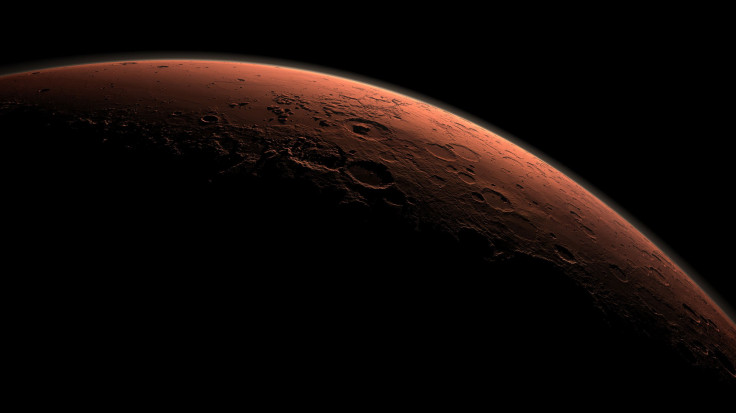Traces Of Ancient Martian Life Could Be Hidden In Iron-Rich Rocks

For years, astronomers have been working to determine if Mars, the planet companies like SpaceX hope to colonize, ever had any primitive form of life.
We already know the red planet had water in its early days, but was there a time when it had all necessary conditions to support microbial life? NASA and the European Space Agency (ESA) believe the answer to this question could be hidden in the Martian surface and are planning missions to delve into it.
They hope studying the planet’s surface could reveal vital clues or traces of past life, but the task comes with a major challenge — the selection of prime mission targets. Robotic rovers cannot scour the entire planet and scientists have to pick which sites could have been the most suitable ones to host life several billion years ago.
Though the selection could vary on a range of factors, a new study from a group of researchers at the University of Edinburgh suggests iron-rich rocks found near ancient lake sites on the planet could be the best candidates for the search.
The sedimentary rocks formed from compacted mud and clay in the bed of lakes around three to four billion years ago or the time when Mars had water as well as appropriate weather conditions. According to the group, the amount of iron and silica present in these rocks could have helped with the preservation of fossils, making them the best place to host clues of ancient life, if it existed.
More importantly, these rocks are much well preserved than those of the same age on Earth. The reason for this, as the researchers said, is plate tectonics or the motion of rocks making up the crust of a planet. On Earth, the process is common and can destroy rocks and fossils hidden inside them over a period of time, while Mars is not subject to anything like that.
The team got these results after combining data on fossils and fossilization processes on Earth with the findings of the experiments that replicated Martian conditions as well as geological exploration data collected by previous rovers and orbiters.
"There are many interesting rock and mineral outcrops on Mars where we would like to search for fossils, but since we can't send rovers to all of them we have tried to prioritize the most promising deposits based on the best available information," Sean McMahon from the university said in a statement.
That said, the findings of the latest study could help NASA and ESA determine potential landing and target sites for their future missions. NASA’s Mars 2020 rover will collect Martian rocks samples, which will be returned to Earth by future missions for a more comprehensive analysis while working in conjunction with the ESA.
The study titled, “A Field Guide to Finding Fossils on Mars,” was published May in published in the Journal of Geophysical Research.
© Copyright IBTimes 2025. All rights reserved.





















